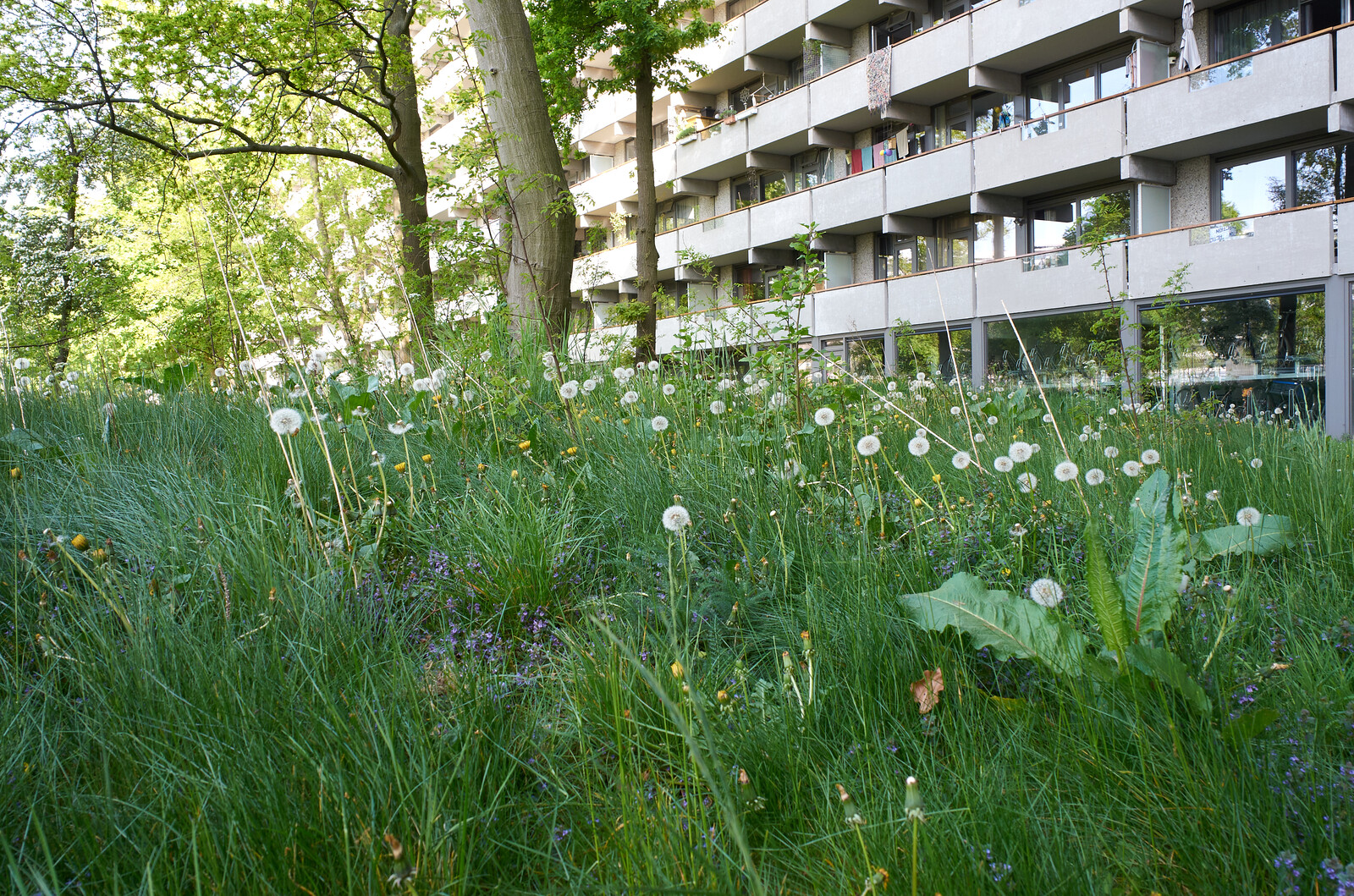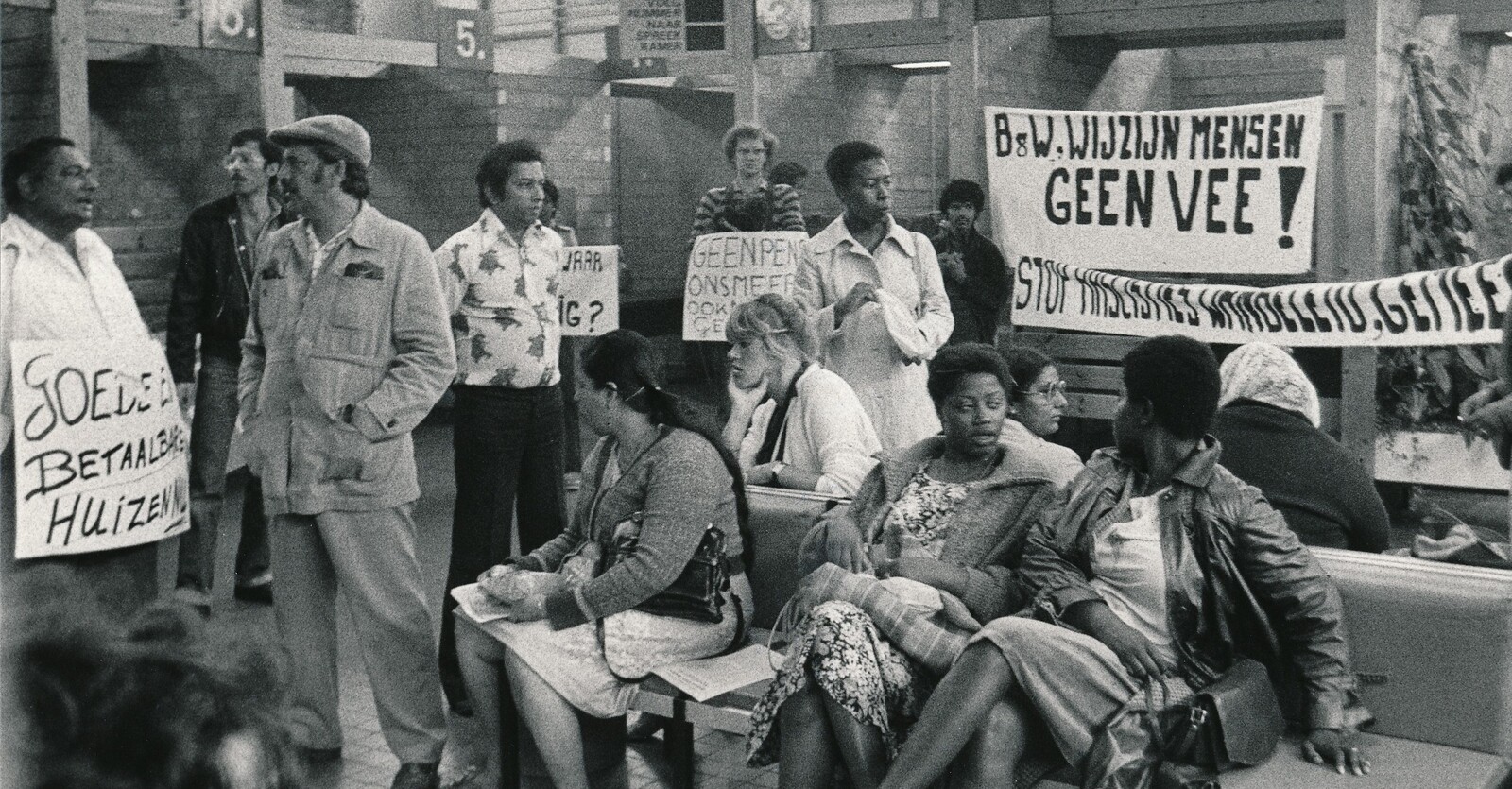Where is Here? is a collaboration between Het Nieuwe Instituut and e-flux Architecture following Who is We?, the Dutch pavilion at the 2021 Venice Architecture Biennale, featuring contributions by Leonoor Zuiderveen Borgesius, Rosi Braidotti, Arturo Escobar, Miguel Heilbron, Malique Mohamud, and Claudia Rot.
God created the world, but the Dutch made the Netherlands, they say. This is true, at least in part. Nearly twenty percent of its inhabitable landmass used to be sea, and over a quarter of its population lives below sea level, protected from flooding by an elaborate network of dikes, locks, dunes, and pumps. It is easy to be captivated by these heroic feats of engineering, which have given the Dutch landscape its unique appearance. But there is more to the Netherlands, literally. The country is a kingdom, with territory not only in Europe but also former colonies in the Caribbean ranging from special municipalities (Bonaire, Sint Eustatius, and Saba) to semi-autonomous constituent countries (Aruba, Curaçao, and Sint Maarten). As a historical colonial power enmeshed within global networks of migration and trade, the Netherlands has never just been Dutch.
Despite its long imperial history, it was only after the independence of Indonesia and Suriname, its integration into the European Union, and the purported death of multiculturalism that identity really became a pressing question in the Netherlands. This is not to say that the Netherlands had never dealt with questions of identity before, but rather that it had done so in the same way it treated its land. Throughout Dutch history, where and how people have been able to live has largely been defined by who and what they are. Yet no matter how exacting, life exceeds reason and its attempts to know, to categorize, to define; as does place, transcending any efforts to plan, to design, to control.
One of the most defining features of Dutch space, from the center of its cities to the furthest reaches of its countryside, is the prevalence of construction activity. From stacks of bricks and sand standing by the roadside to the sound of piles being driven deep into the ground, the Netherlands is constantly under construction. It must be, given the porous condition of its ground, the precarious nature of its terrestrial existence. But every act of construction is predicated by destruction. New opportunities, new methods, new strategies are needed to rethink who is being built for. Cities might be made for people, but that does not mean they have been designed for everyone. And they are also home to so much more, from plants and animals to water and microbes.
Responding to the title of the 17th International Architecture Exhibition, How will we live together?, the Dutch pavilion at the 2021 Venice Architecture Biennale, Who is We?, curated by Francien van Westrenen and featuring the work of Afaina de Jong and Debra Solomon, was an empathic plea against monoculture and homogeneity. Instead, it argued that that multivocality and plurality create the relations and interactions essential to building just and resilient societies and cities. Architecture has long been used as an instrument to divide, to distance, to exclude, to separate, to segregate. But architecture can also be a means to unite, to include, to gather, to care, to listen, to acknowledge, to celebrate. In this we must continue to ask who “we” is, but we must also recognize that “we” already is and always has been here. The question, then, is perhaps where “here” actually is.
Where is Here? is a collaboration between Het Nieuwe Instituut and e-flux Architecture following Who is We?, the Dutch pavilion at 2021 Venice Architecture Biennale.







